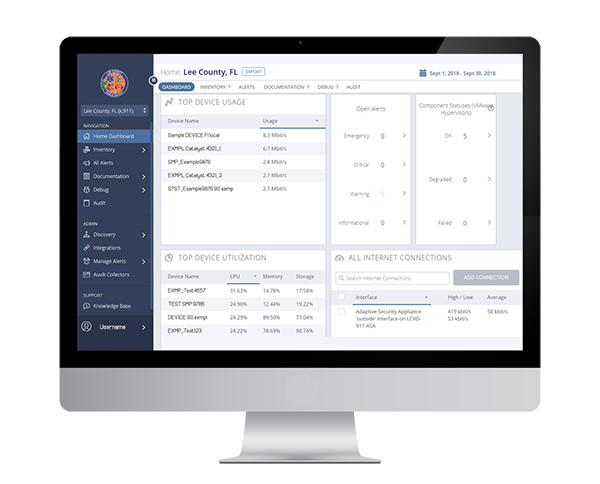In Summary:
- Imperial County, CA is served by four public safety answering points (PSAPs) that provide call-taking and dispatching services for the Imperial Valley.
- In 2017, they hired Mission Critical Partners to help them determine if physical regionalization made sense.
- MCP provided a comprehensive feasibility study that made a recommendation to transition its four PSAPs into two mutually supporting PSAPs.
"With MCP's help, we've identified the issues and challenges that stand between us and a successful regionalization effort. Now that we know it could work for us, we need to determine how to make it a reality and execute on that plan."
Mark Schmidt, Emergency Communications Project Coordinator, Imperial County Communication Authority, Imperial County, California
Overview and Agency Challenge
Imperial Valley, California, is served by four public safety answering points (PSAPs) that provide call-taking and dispatching services for the Imperial Valley. The Imperial Valley Communications Authority (IVECA), in conjunction with the San Diego County Regional Communications System , provides public safety voice and data communications to more than 200 local, state and federal agencies in San Diego and Imperial counties.
The County’s PSAPs were already sharing technology resources, but wanted to figure out if sharing services also made sense in terms of staffing and maintenance costs.



